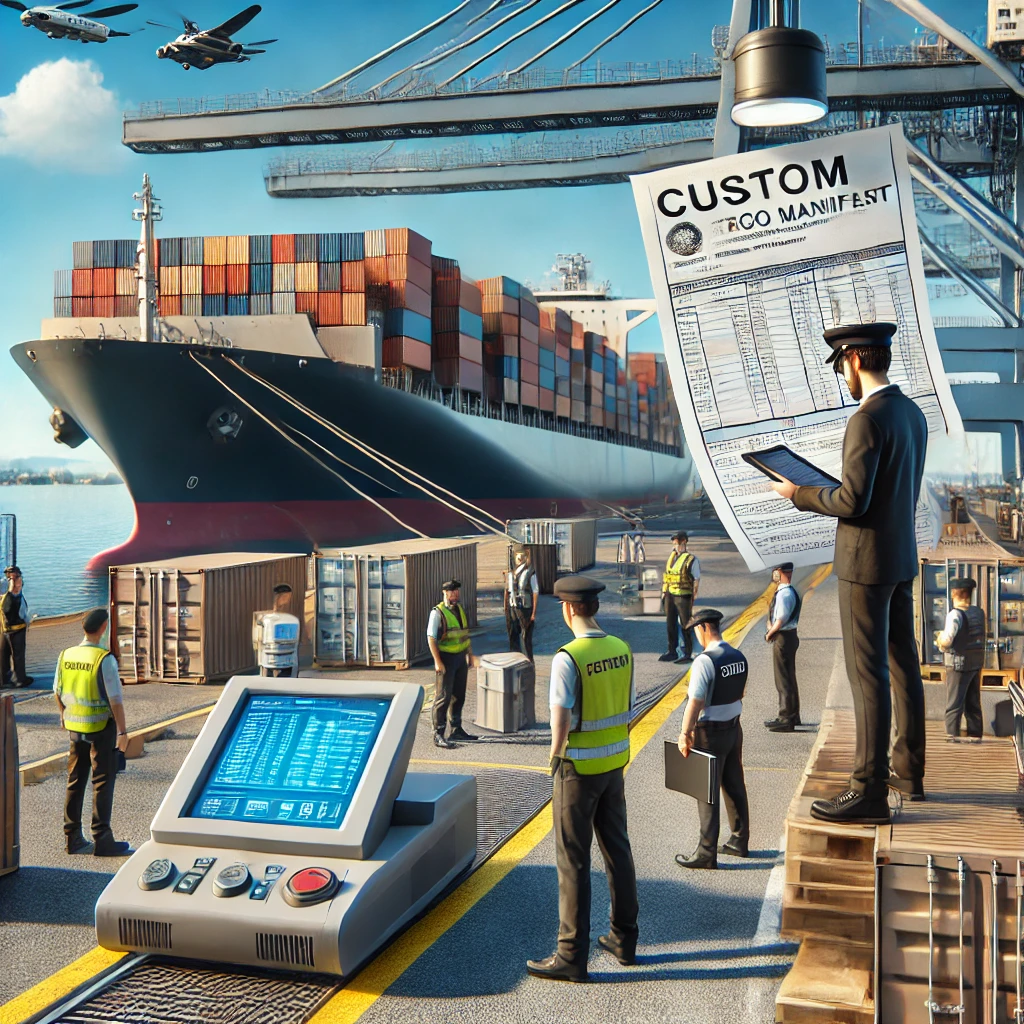Breaking Down: Is a Document That Lists All Cargo on a Vessel

What Is a Cargo Manifest?
A cargo manifest is a document that provides a detailed inventory of all the goods transported on a vessel. It includes descriptions, weights, dimensions, and the consignee’s information. This document serves as a record for shipping companies, port authorities, customs officials, and logistics providers.
Key Features of a Cargo Manifest
- Detailed Cargo Information
- Description of each item on board.
- Quantity and unit of measurement.
- Weight, volume, and packaging details.
- Consignment and Destination Data
- Name of the shipper and consignee.
- Port of loading and discharge.
- Final delivery location.
- Legal and Compliance Information
- Carrier and voyage details.
- Hazardous material declarations, if applicable.
- Custom codes and regulatory compliance data.

Types of Cargo Manifests
- Master Cargo Manifest
- A complete listing of all cargo on board, usually prepared by the shipping line.
- House Cargo Manifest
- A detailed breakdown provided by freight forwarders, containing specific shipment information for each consignee.
- Electronic Cargo Manifest (e-Manifest)
- A digital version submitted electronically to customs and port authorities for faster processing.
- Dangerous Goods Manifest
- A specialized document required for hazardous materials, detailing safety protocols and handling instructions.
Practical Uses of a Cargo Manifest
- Customs Clearance
- Ensures compliance with import/export regulations.
- Allows authorities to verify cargo before unloading.
- Cargo Tracking and Inventory Management
- Helps logistics providers monitor shipments in real time.
- Prevents cargo loss or misplacement.
- Billing and Freight Charges
- Used to determine shipping costs based on cargo type and weight.
- Helps resolve disputes related to freight charges.
- Security and Risk Management
- Provides transparency in maritime trade.
- Helps prevent smuggling and unauthorized shipments.

Who Uses a Cargo Manifest?
- Shipping Companies – To track and organize cargo efficiently.
- Freight Forwarders – To document and manage individual shipments.
- Customs Officials – To enforce regulations and verify cargo details.
- Port Authorities – To coordinate vessel loading and unloading operations.
- Importers and Exporters – To ensure accurate shipment details and compliance.
Challenges and Considerations
- Regulatory Compliance
- Cargo manifests must meet specific requirements set by customs authorities.
- Solution: Use automated documentation systems to ensure accuracy.
- Errors and Inaccurate Data
- Mislabeling or missing information can cause shipment delays.
- Solution: Implement strict quality control measures before submitting manifests.
- Cargo Discrepancies
- Variations between manifest records and actual cargo can lead to fines or delays.
- Solution: Regular cargo inspections and audits can minimize these discrepancies.

How to Optimize Cargo Manifest Preparation
- Use Digital Documentation
- Adopt electronic cargo manifest (e-Manifest) solutions for faster processing.
- Automate data entry to reduce human errors.
- Ensure Accurate Weight and Volume Measurements
- Double-check cargo dimensions to prevent customs clearance issues.
- Use weighing and scanning technology for precision.
- Train Staff on Manifest Documentation
- Educate employees on regulatory updates and compliance standards.
- Conduct regular training on proper manifest preparation.
- Integrate Cargo Manifests with Supply Chain Systems
- Use real-time tracking software to monitor shipments efficiently.
- Coordinate with logistics partners to maintain updated records.
Conclusion
A cargo manifest is a critical document in maritime trade, ensuring smooth cargo operations, regulatory compliance, and security. Whether you’re a shipping company, freight forwarder, or importer/exporter, understanding its importance and best practices can improve logistics efficiency and reduce shipping risks. By leveraging digital solutions and proper documentation processes, businesses can optimize cargo tracking and enhance supply chain operations.
